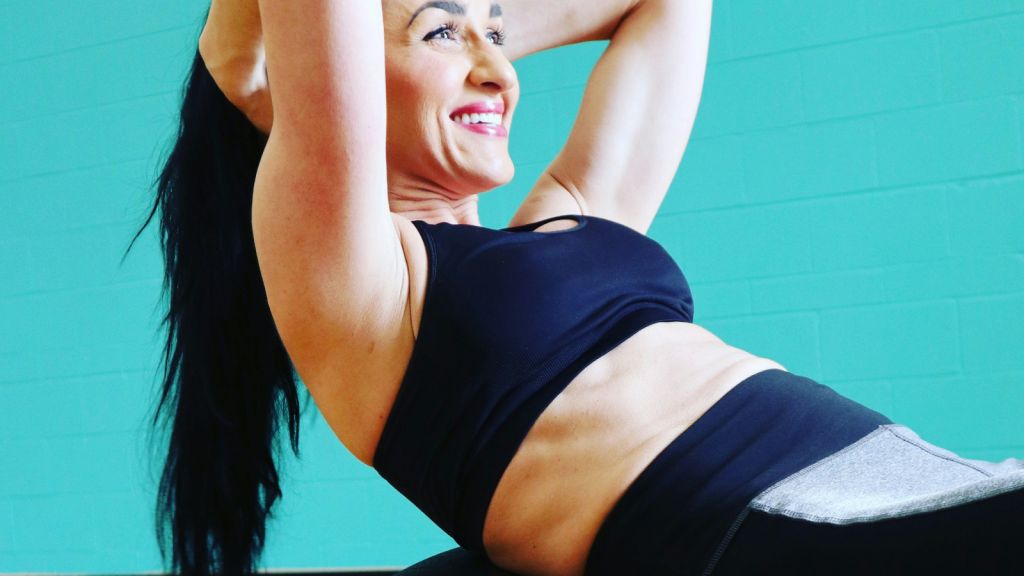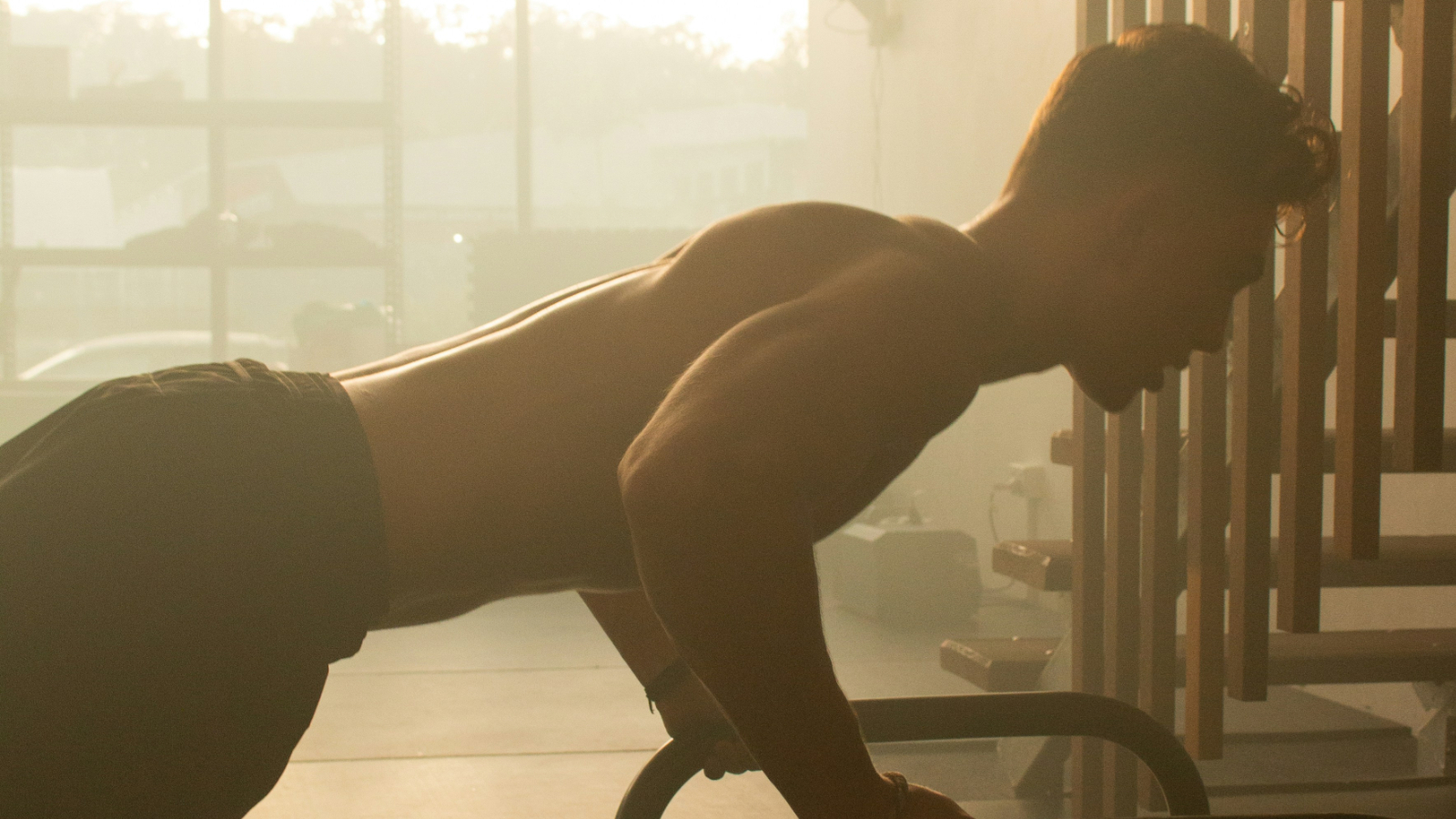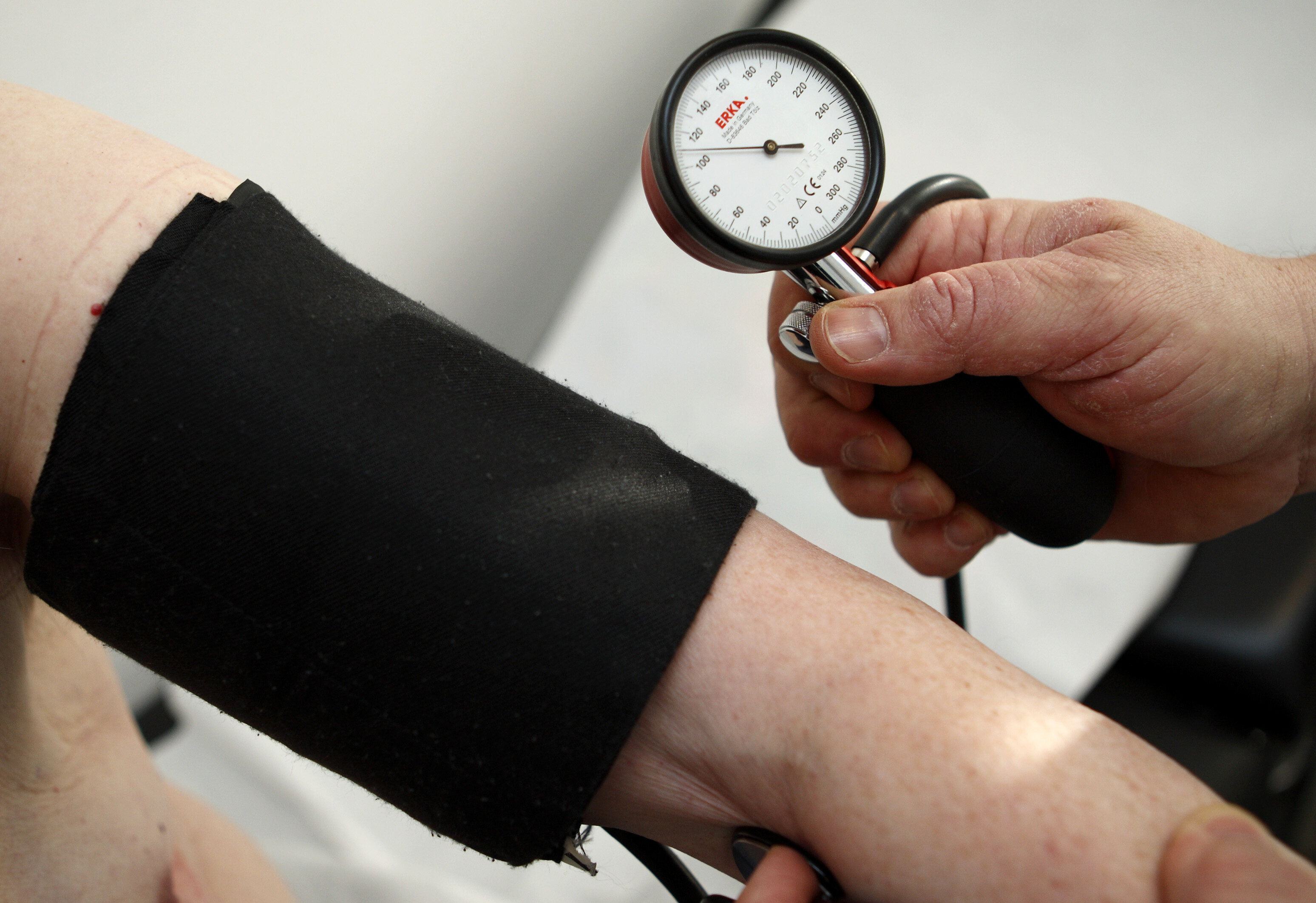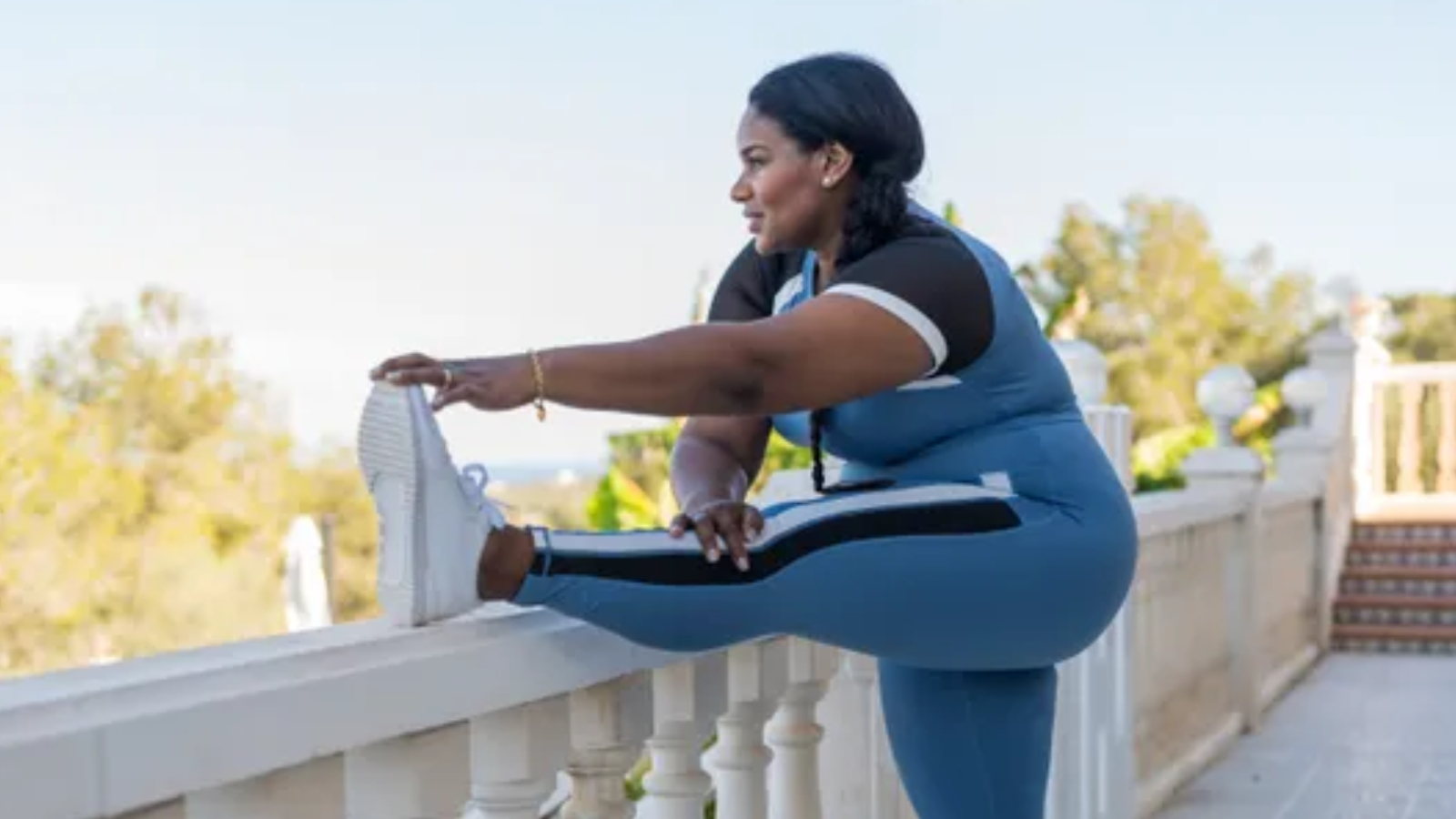
You may already know that blood pressure and resting heart rate naturally change by age.
But some other strength-based health metrics ― like how long you can stand on one leg and how many push-ups you can do ― can also reveal heart and brain changes.
It seems that you can add sit-ups to that list too.
A 2007 study found that core strength training seemed to reduce injury in physical jobs (the tests were run on firefighters); a 2015 paper revealed that older people with stronger cores had better balance.
If you’re not sure what “strong” really means in this case, though, fear not; experts at the sports and science site Topend Sports have shared the number of sit-ups we should be able to do by age and gender.
What should I aim for?
According to the site, the following are the ideal amount of sit-ups you should be able to do by age.
If you’re not sure how to do the exercise, health information site Healthline shared how it’s done.
Lie on your back with bent knees, feet anchored, they advise.
Then, tuck your chin to lengthen your neck, and place your hands either interlaced behind your head, crossed on opposite shoulders, or alongside your body.
Exhale as you lift your upper body toward your thighs, then inhale as you slowly lower down.
1) Age 18-25
Men
- Excellent: 49 sit-ups or more
- Good: 44-49
- Above average: 39-43
- Average: 35-38
- Below average: 31-34
- Poor: 25-30 seconds
- Very poor: fewer than 25
Women
- Excellent: 43 or more
- Good: 37-43
- Above average: 33-36
- Average: 29-32
- Below average: 25-28
- Poor: 18-24
- Very poor: fewer than 18
2) Age 26-35
Men
- Excellent: 45 or more
- Good: 40-45
- Above average: 35-39
- Average: 31-34
- Below average: 29-30
- Poor: 22-28
- Very poor: fewer than 22
Women
- Excellent: 39 or more
- Good: 33-39
- Above average: 29-32
- Average: 25-28
- Below average: 21-24
- Poor: 13-20
- Very poor: fewer than 13
3) Age 36-45
Men
- Excellent: 41 or more
- Good: 35-41
- Above average: 30-34
- Average: 27-29
- Below average: 23-26
- Poor: 17-22
- Very poor: fewer than 17
Women
- Excellent: 33 or more
- Good: 27-33
- Above average: 23-26
- Average: 19-22
- Below average: 15-18
- Poor: 7-14
- Very poor: fewer than 7
4) Age 46-55
Men
- Excellent: 35 or more
- Good: 29-35
- Above average: 25-28
- Average: 22-24
- Below average: 18-21
- Poor: 13-17
- Very poor: fewer than 13
Women
- Excellent: 27 or more
- Good: 22-27
- Above average: 18-21
- Average: 14-17
- Below average: 10-13
- Poor: 5-9
- Very poor: fewer than 5
5) Age 56-65
Men
- Excellent: 31 or more
- Good: 25-31
- Above average: 21-24
- Average: 17-20
- Below average: 13-16
- Poor: 9-12
- Very poor: fewer than 9
Women
- Excellent: 24 or more
- Good: 18-24
- Above average: 13-17
- Average: 10-12
- Below average: 7-9
- Poor: 3-6
- Very poor: fewer than 3
6) Age 65+
Men
- Excellent: 28 or more
- Good: 22-28
- Above average: 19-21
- Average: 15-18
- Below average: 11-14
- Poor: 7-10
- Very poor: fewer than 7
Women
- Excellent: 23 or more
- Good: 17-23
- Above average: 14-16
- Average: 11-13
- Below average: 5-10
- Poor: 2-4
- Very poor: fewer than 2
You can improve your core strength in other ways, like by rolling your hips from side to side while led down or even tensing your core as you sit, the NHS says.
If you have any health concerns or feel any pain while trying the exercise, speak to an expert before continuing.


